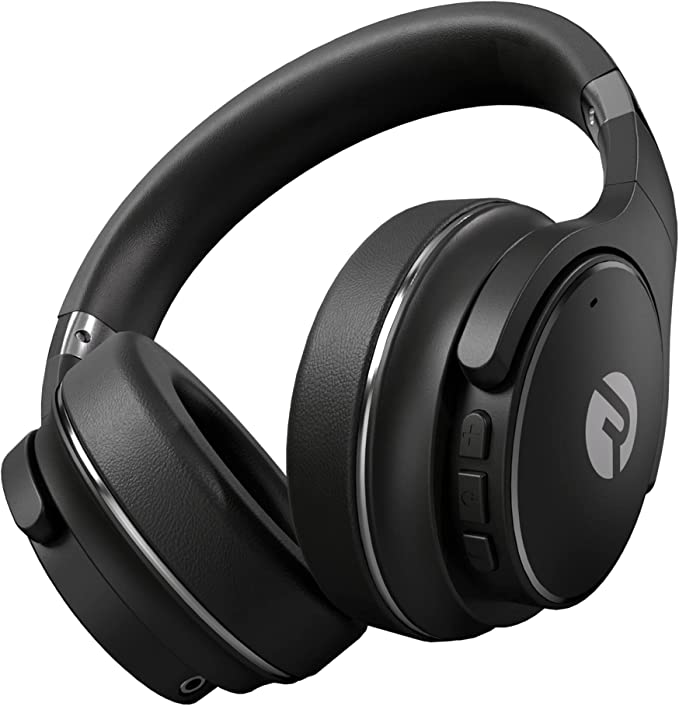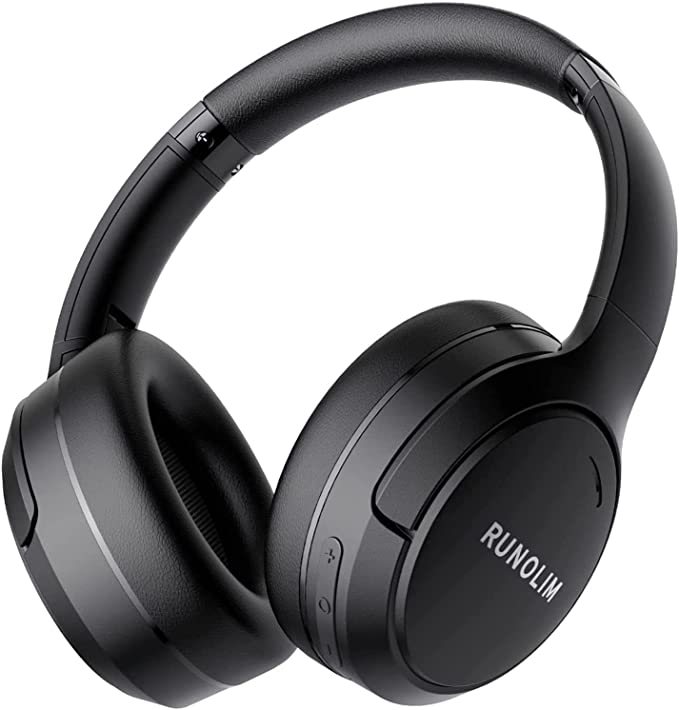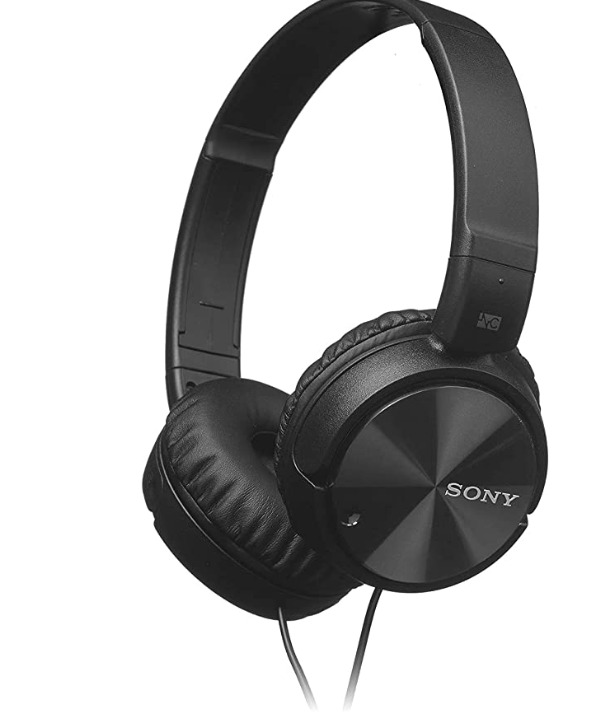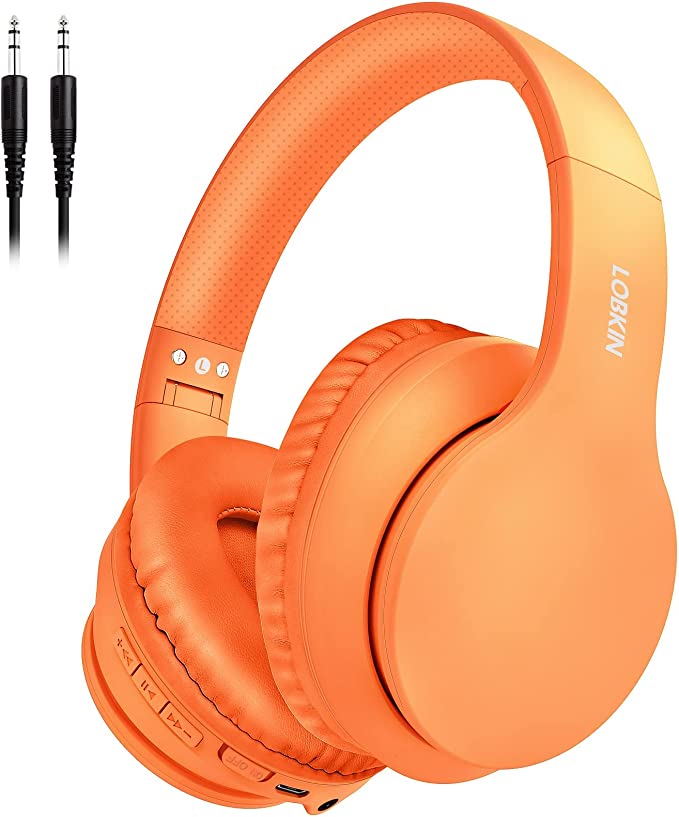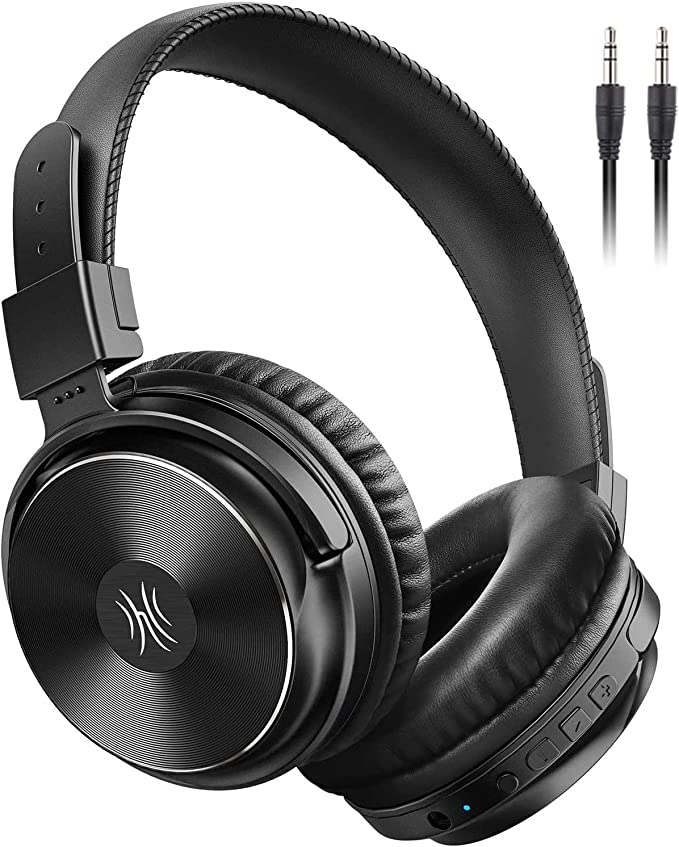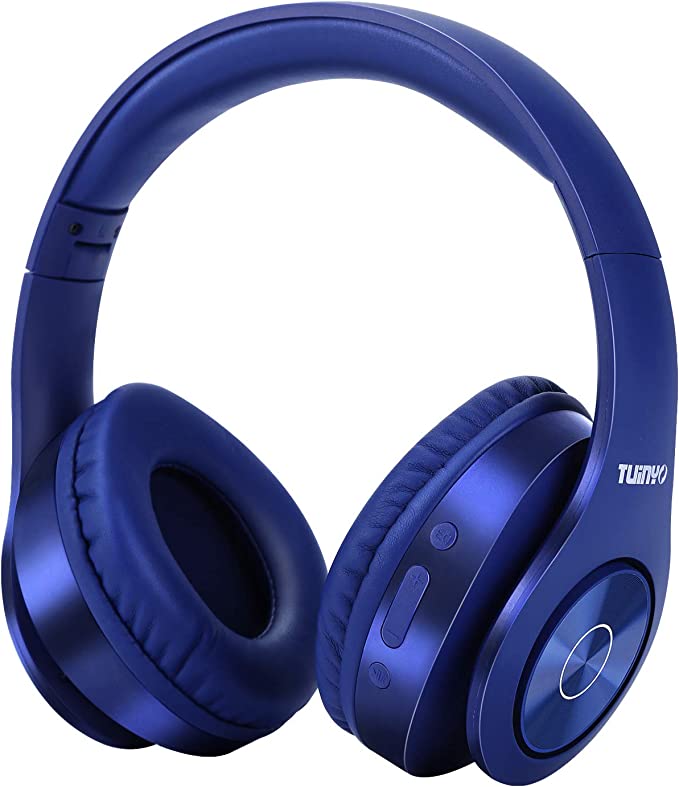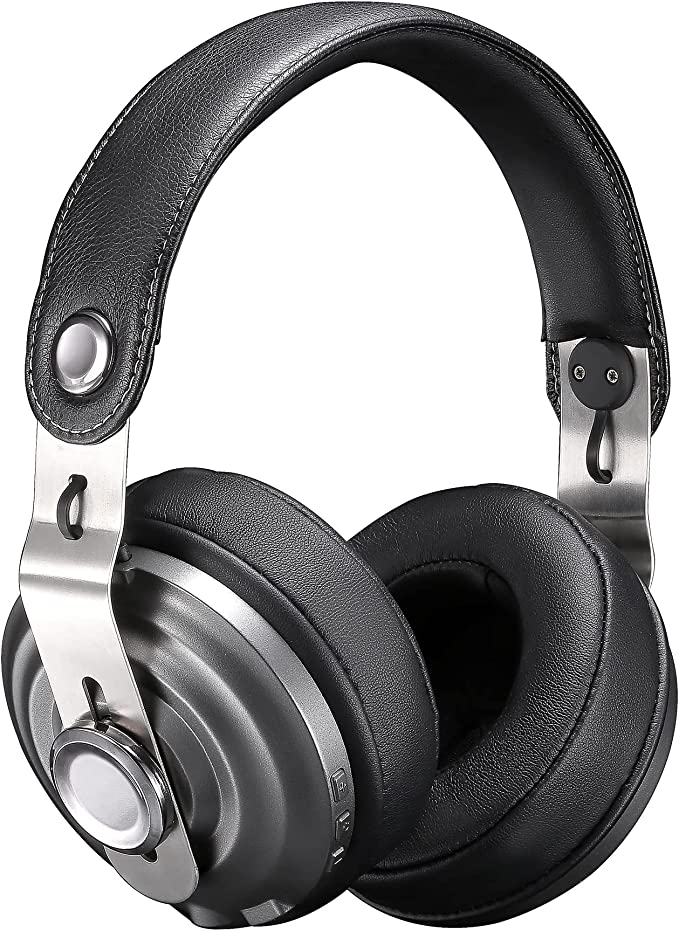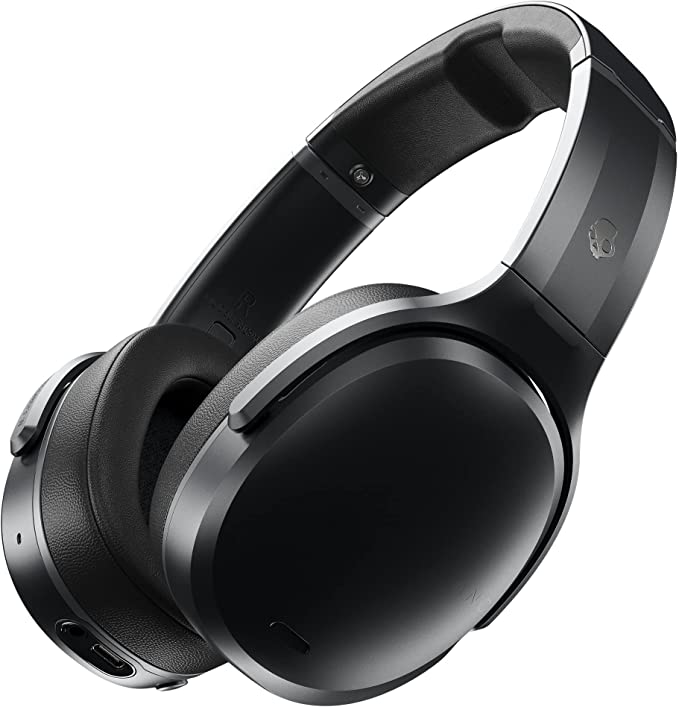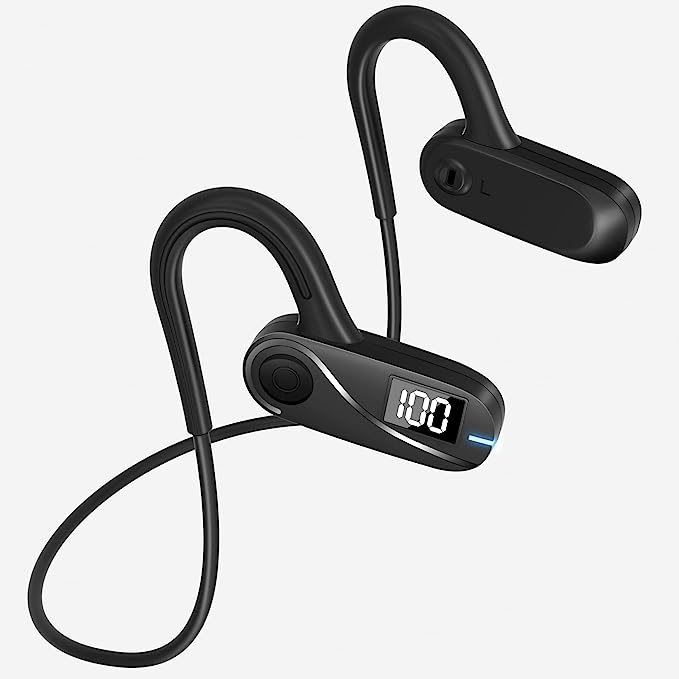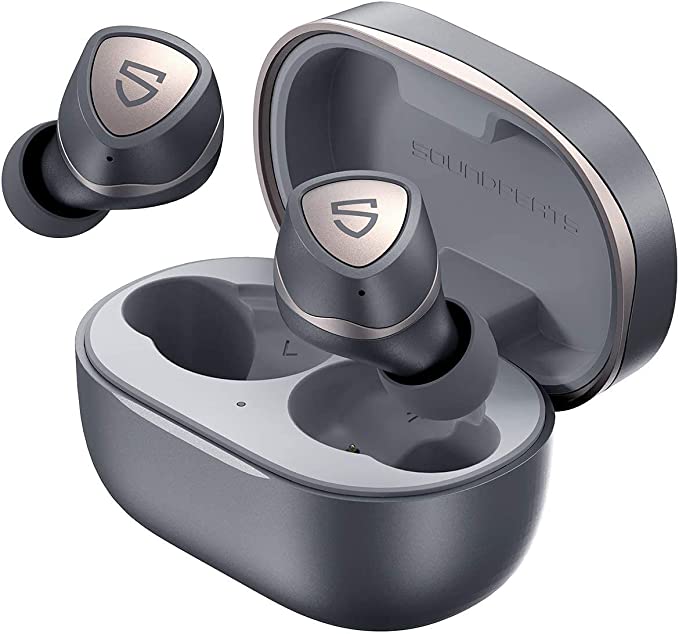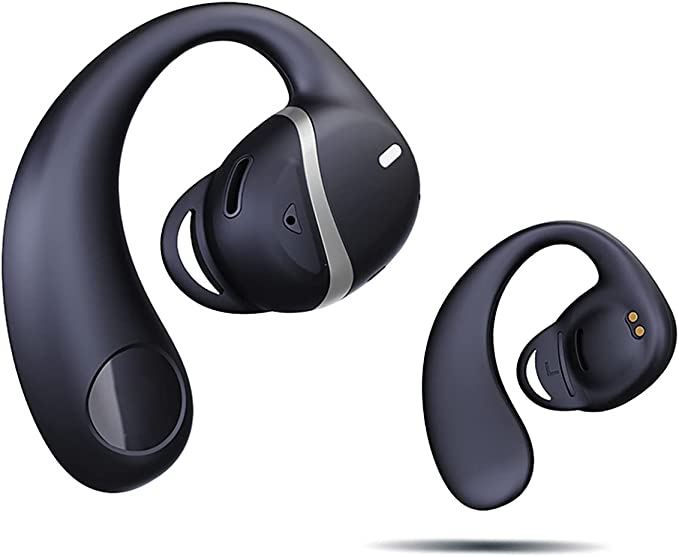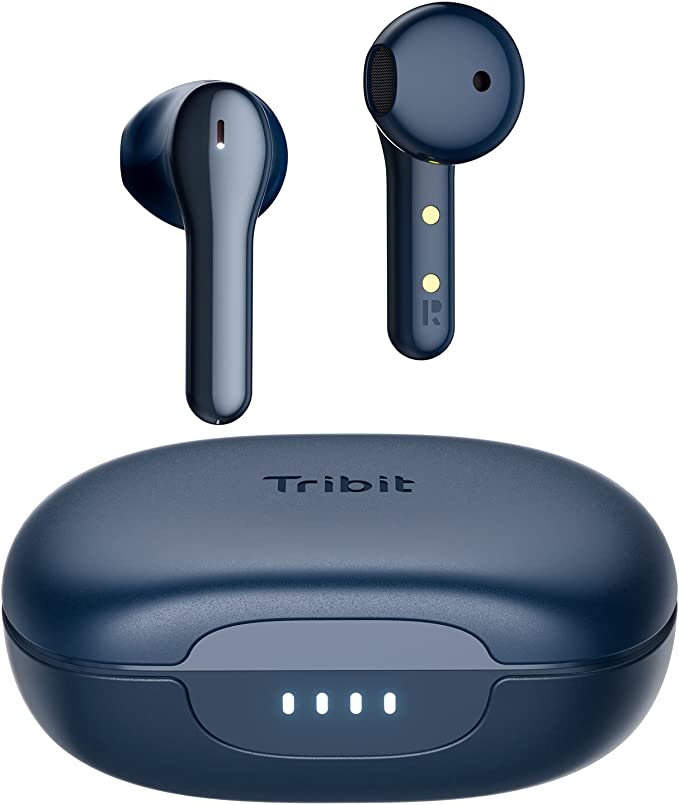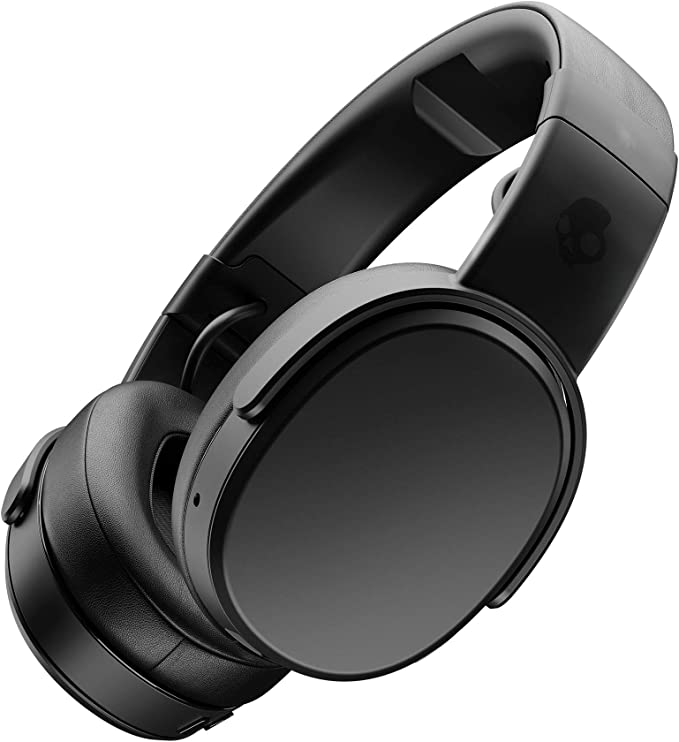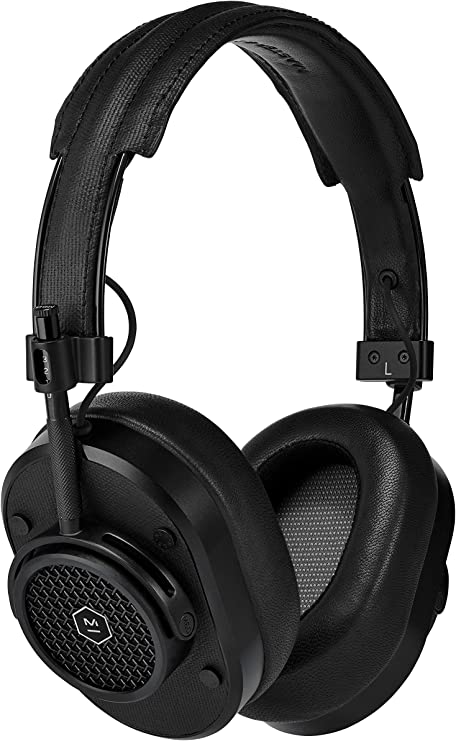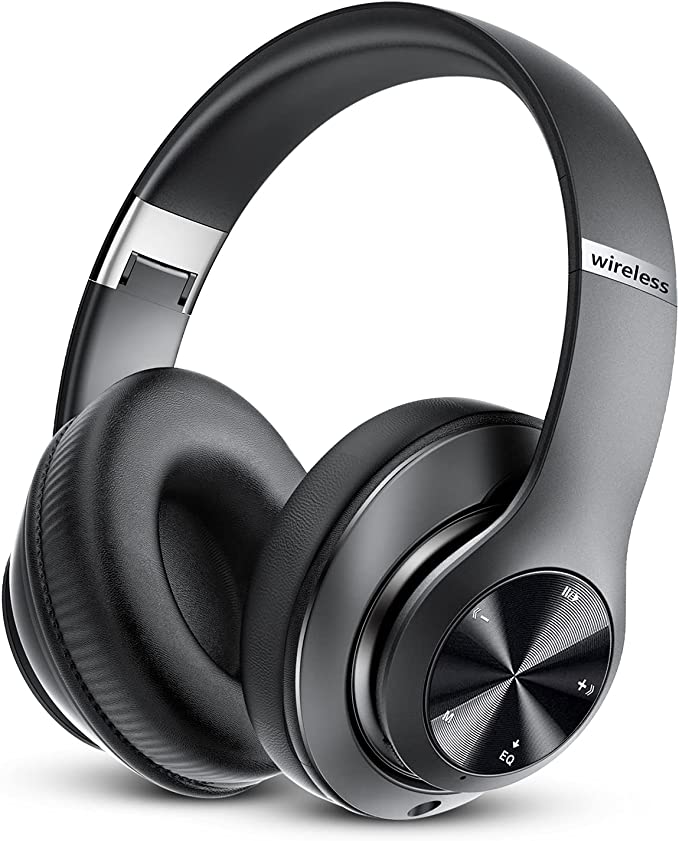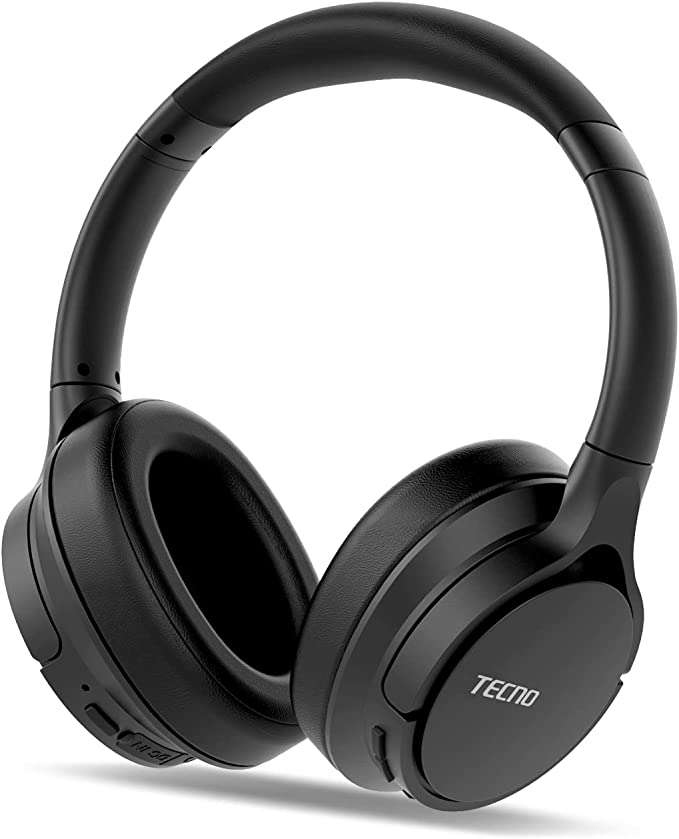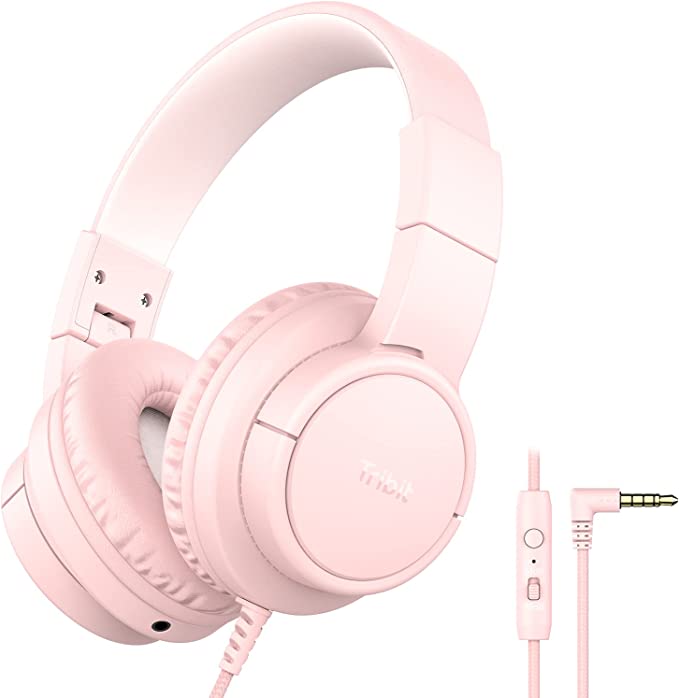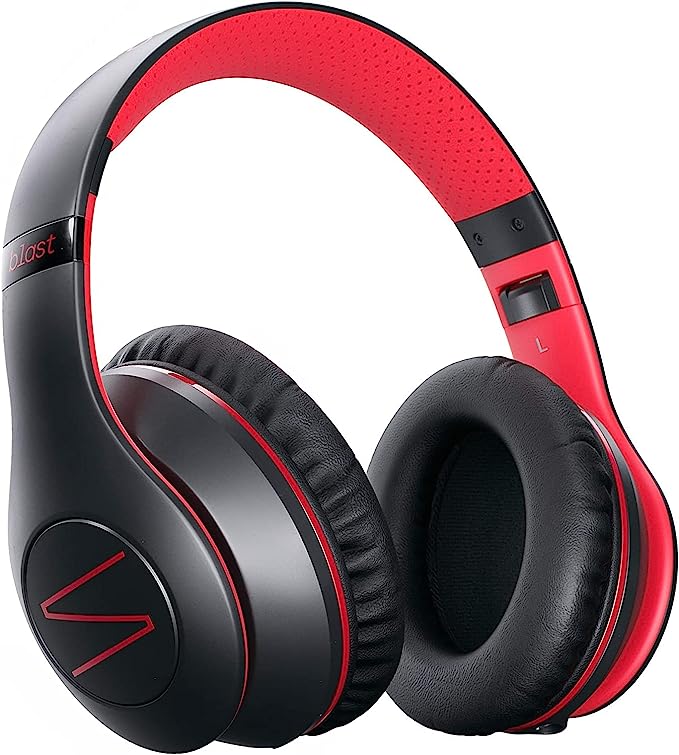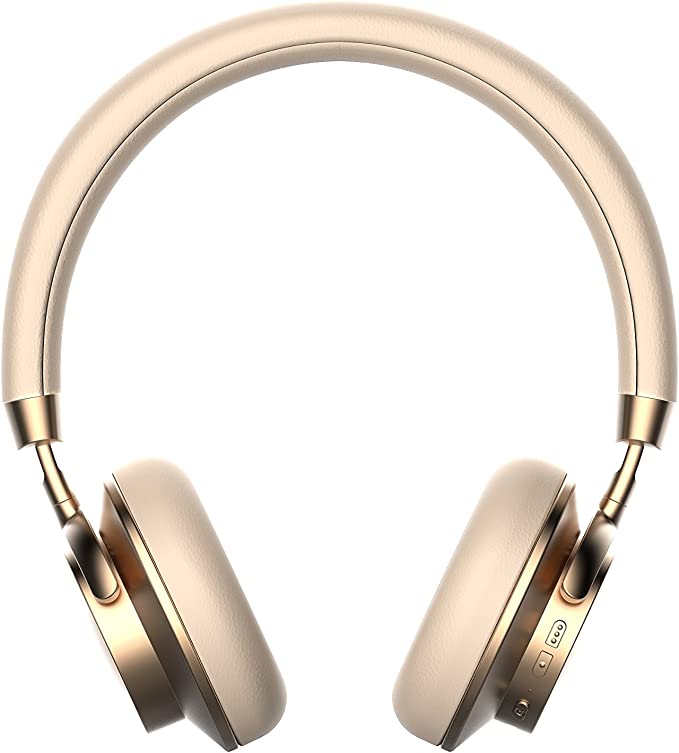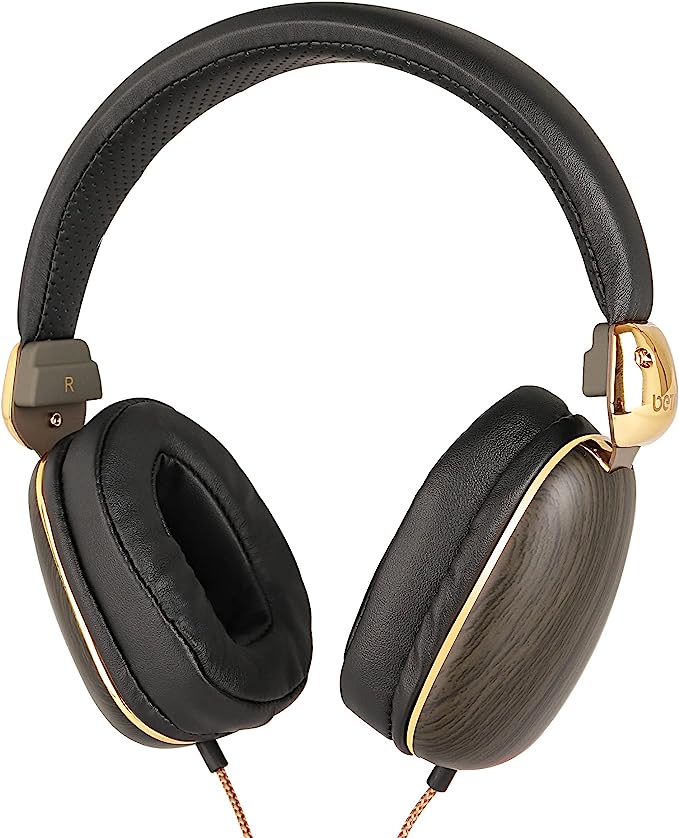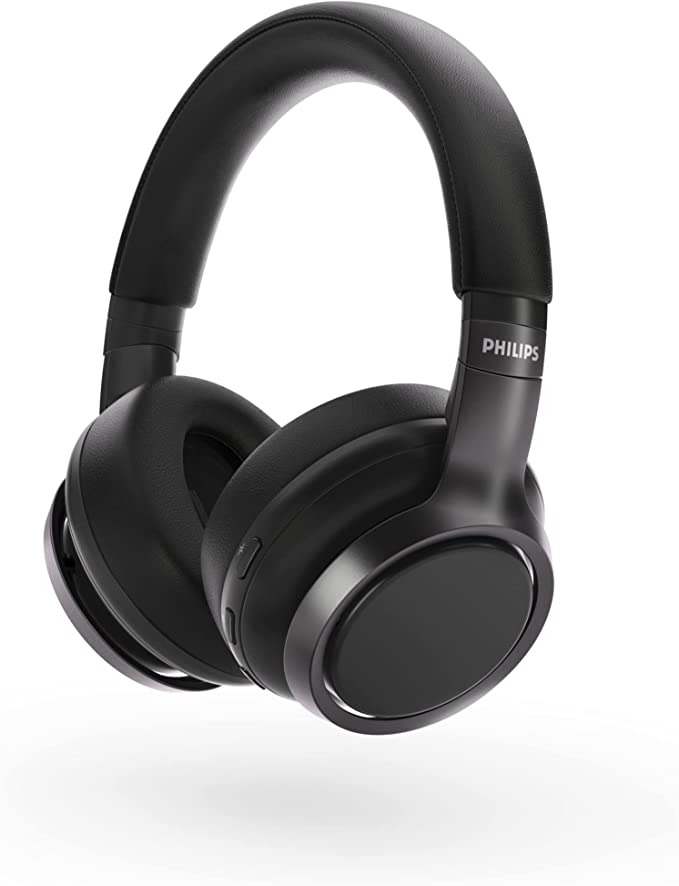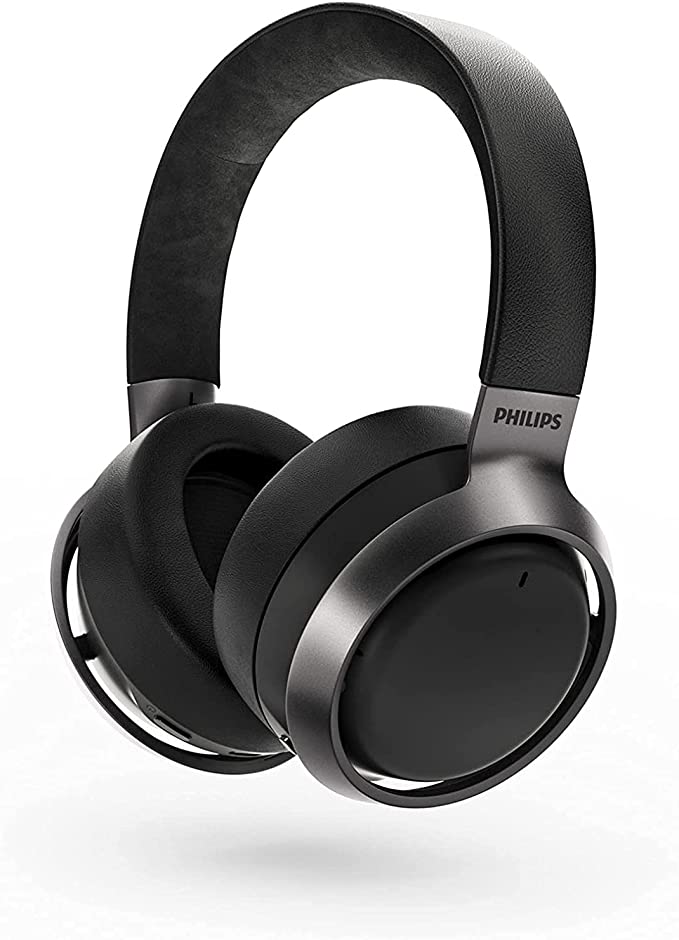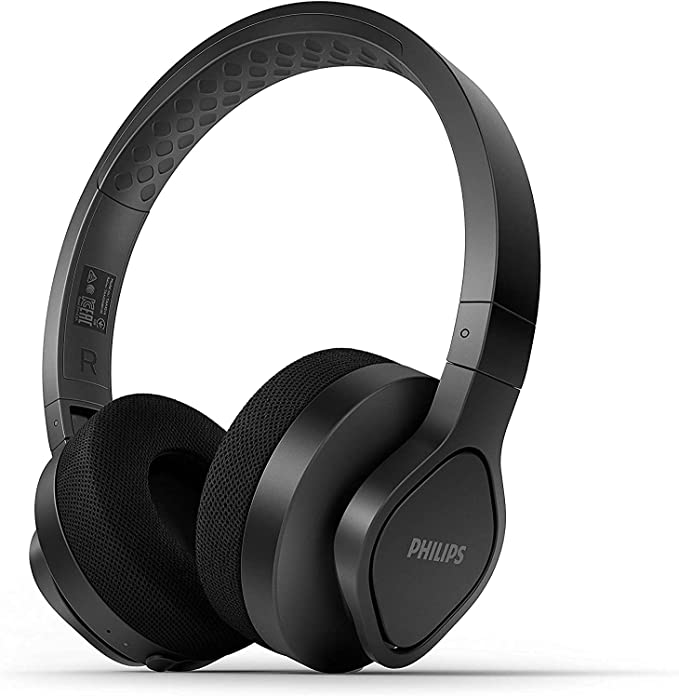Skullcandy Crusher Evo: The Science of Feelable Bass and Why It Rocked the Audio World
Update on May 14, 2025, 4:14 p.m.
There’s a certain magic to sound, isn’t there? It’s an invisible force that can transport us, move us to tears, or make our hearts pound in our chests. And within that vast spectrum of sound, there’s something uniquely compelling about bass. Think about it – the deep, resonant throb of a bass drum at a live concert, the ground-shaking rumble of a cinematic explosion in a theatre, the infectious pulse of a well-mixed bassline that makes you want to move. It’s more than just hearing; often, it’s a full-body feeling. My name is Dr. Brennan Reed, and as someone who has spent a considerable part of my life exploring the fascinating interplay between sound, technology, and human perception – what we call psychoacoustics – this phenomenon of feeling sound is particularly intriguing.
For decades, we’ve chased higher fidelity, clearer trebles, and more accurate midranges in our personal audio. But what if the next frontier of immersive sound wasn’t just about what our ears could discern, but what the rest of our senses could experience? What if you could carry that profound, physical sensation of deep sound with you, tucked neatly into a pair of headphones? This is precisely the territory that products like the Skullcandy Crusher Evo dared to explore, and today, I want to take you on a journey into the electrifying science behind why “bass you can feel” became such a captivating concept.

Beyond the Eardrum: The Emergence of Haptic Audio
To truly appreciate what the Crusher Evo accomplished, we first need to understand a fundamental truth: our experience of sound isn’t confined to our eardrums. Sound, as you know, travels in waves. The frequency of these waves determines the pitch we hear, and their amplitude dictates the loudness. Bass sounds are simply low-frequency sound waves. But when these low frequencies are powerful enough, they don’t just enter our ear canals; they can physically vibrate the objects around us, including our own bodies.
This is where psychoacoustics gets really interesting. Our brain is a master integrator, constantly weaving together information from all our senses to create a cohesive experience of reality. When you feel the vibration of a bass note in your chest at the same time your ears register the sound, your brain combines these inputs. The result? The bass doesn’t just sound louder; it sounds richer, more powerful, more present. It’s a multi-sensory enhancement. Think of the difference between watching a distant fireworks display and then, a moment later, feeling the boom resonate through you. The visual is the same, but the added tactile sensation transforms the experience from observation to participation. This is the core principle behind haptic audio – using the sense of touch to augment and enrich what we hear. While the idea of “feelable” sound has been around for ages – from the massive pipes of church organs designed to make the very air tremble, to the sophisticated subwoofers in cinemas that shake your seat – translating this into a personal, wearable experience is a more recent, and fascinating, engineering challenge.

Skullcandy Crusher Evo: Engineering an Earthquake for Your Ears
Enter the Skullcandy Crusher Evo, a headphone that, even as a now-discontinued model (ASIN B08FCGH2RL), made significant waves precisely because it tackled this challenge head-on. Its signature feature, often dubbed “Sensory Bass,” wasn’t just about turning up the low-end frequencies; it was about delivering a tactile experience, a literal vibration that synchronized with the deepest notes in your audio. And based on the sheer enthusiasm it generated – a stunning 4.8 out of 5 stars from over 10,895 ratings on its Amazon listing – it clearly resonated with a lot of people.
The Heart of the Tremor: Understanding Adjustable Haptic Bass
So, how did the Crusher Evo achieve this “earthquake for your ears”? It’s not simply a case of oversized drivers pushing more air. The real innovation lies in dedicated haptic drivers. Imagine, if you will, miniature, highly specialized subwoofers, one for each ear, but engineered not primarily for audible output, but for generating precise, controlled physical vibrations. These aren’t just crude shakers; think of them more like tiny, incredibly responsive pistons, drumming the rhythm and impact of the bass directly into your senses.
The critical part is the synchronization. These haptic drivers work in perfect concert with the audible low-frequency sounds produced by the main audio drivers. When a deep bass note hits in a song or a virtual explosion erupts in a game, these haptic units spring to life, delivering a physical pulse that your body registers. As one user, Arkten Arachlassair, vividly described it in an August 2022 review on the product page, “They vibrated intensely… I find I like it because it’s a part of the engineering of the headphones and not an unintended result.” Another, Olympusmons, in September 2023, simply stated, “the bass, oh, the bass, it’s a revelation.” These users, and thousands like them, gave the bass quality an impressive 4.8 out of 5 stars.
What truly elevated this technology from a novelty to a genuinely compelling feature was the “Bass Slider.” This unassuming control on the earcup gave users the power to dial the haptic intensity up or down, from a subtle underpinning that gently emphasizes the low end, to a full-blown, skull-rattling rumble that you might expect from its “Crusher” moniker. This, to me, is brilliant. It acknowledges that sensory perception is deeply personal. Some of us love to be at the epicenter of the quake; others prefer a more gentle tremor. The slider transforms the listener from a passive recipient into an active conductor of their own sensory experience, fine-tuning the bass much like a chef meticulously adjusts the seasoning of a gourmet dish to achieve the perfect flavor profile. It’s this customizable, tactile dimension that truly set the Crusher Evo apart, offering a level of immersion that traditional headphones struggle to match. For gamers, it meant feeling the recoil of a weapon or the thud of an impact; for music lovers, it was about experiencing the physical presence of a kick drum or the deep growl of a bass synthesizer as if they were right there in the studio or on the concert floor.

Unleashing the Sound: The Freedom of Extended Playback
Now, engineering such a potent sensory experience is one thing; ensuring you can enjoy it for more than a fleeting moment is another challenge entirely. An immersive audio adventure that’s constantly tethered to a charging cable, or worse, dies mid-session, quickly loses its magic. Here again, the Crusher Evo seems to have understood the assignment. The provided product information mentions a “40 Hours” capacity – which, given the context and user reviews, clearly refers to playback time.
Let that sink in. Forty hours. For many users, that translates to days, even a week or more, of regular use on a single charge. Olympusmons recounted, “Going beyond a week without recharging is akin to discovering an oasis in the desert of daily charging routines.” Arkten Arachlassair, even after a year of “almost 24/7 usage,” confirmed, “the battery life is still phenomenal.” And for those moments when you do get caught short, “the advertising that states they’re able to play for hours on a charge of only a few minutes is absolutely true too,” added Arkten. This kind of endurance, earning a stellar 4.8 out of 5 stars for Battery Life from users, is a testament to the marvels of modern Lithium-Metal (or Lithium-Ion, the terms are often used interchangeably in consumer contexts) battery technology and sophisticated power management integrated circuits. These tiny electrochemical powerhouses pack an incredible amount of energy into a small space, and when paired with efficient headphone electronics, they grant an almost untethered freedom. Imagine a student powering through a week of study sessions and commutes, a traveler on a transcontinental flight with hours of movies and music, or a gamer lost in a weekend-long virtual world, all without reaching for the charger. This isn’t just a convenience; it’s a fundamental enhancement to the user experience, allowing the immersion to continue uninterrupted.
Beyond the Quake: The Symphony of Overall Sound
Of course, a headphone that only delivered bone-jarring bass, at the expense of everything else, would be a rather blunt instrument. The true art of audio engineering, especially when introducing powerful haptic elements, lies in balance. Could the Crusher Evo deliver that satisfying tactile punch without turning the rest of the music into a muddy mess? The chorus of user voices suggests it largely succeeded.
Olympusmons noted that despite initial skepticism about their versatility, these headphones proved to be “quite the musical chameleons. Whether it’s classical compositions or bass-thumping hip-hop, they adapt with grace.” They further declared the “sound quality is nothing short of extraordinary.” Arkten Arachlassair, who possesses a highly discerning ear, confirmed this, stating, “everything sounds accurate, there’s no distortion and, even having been playing things at max volume for a year straight, there’s still no distortion and everything sounds just as amazing as they used to.” This indicates a careful tuning process, ensuring that while the haptic bass could be dialed up to formidable levels, the primary audio drivers were still capable of rendering the mids and highs with clarity and precision. It’s a delicate dance – allowing the seismic rumble of the haptic system to add excitement without overwhelming the nuanced melodies and crisp vocals that give music its soul. Achieving this balance is where good audio engineering truly shines.
Crafted for the Cranium: Comfort, Durability, and Design
An immersive audio experience demands more than just great sound; the physical interface of the headphones – how they sit on and around your head – plays a crucial role, especially for extended listening sessions. The Crusher Evo, with its “Over Ear” form factor, aimed to create a comfortable seal, which not only helps with passive noise isolation (blocking out some of the outside world without active noise cancellation) but also provides a good acoustic chamber for both the audible sound and the haptic vibrations.
Users seemed to find the design conducive to long wear, despite some acknowledging their presence. Olympusmons mentioned, “They do carry a little extra weight and possess a snug clamp, but fear not, it’s a minor compromise in the pursuit of musical ecstasy. Extended listening sessions? No problem.” Arkten Arachlassair elaborated on the physical attributes: “The product is sturdy, has a very nice feel, solid, durable weight and plastic, the foam wraps around the ears nicely, and I can easily get a proper, snug fit every time.” These comments suggest a design that, while perhaps not feather-light (and the listed “0.01 ounces” item weight in the product information is so implausible it’s best disregarded in favor of these qualitative user experiences), was robust and ergonomically sound enough for many hours of enjoyment. The flexibility of both wireless (presumably Bluetooth, though the specific version isn’t detailed in the provided text) and wired connectivity further added to their practicality, allowing users to choose their preferred mode of listening.
A Resounding Endorsement: The Crusher Evo’s Resonance with Listeners
When you see a product like the Skullcandy Crusher Evo garnering an overall 4.8 out of 5 stars from a staggering 10,895 global ratings (at the time the data was captured), it tells you something significant. This isn’t just a niche product satisfying a handful of enthusiasts; it’s a piece of audio technology that clearly struck a chord with a very broad audience. The sheer volume of positive feedback, with 86% of those ratings being 5-star, underscores a widespread appreciation for what these headphones delivered: a unique, powerful, and customizable sensory experience. The fact that over a thousand were reportedly bought in the past month leading up to the data capture, even as a model perhaps nearing the end of its retail cycle, further speaks to its enduring appeal, likely amplified by a very attractive price point ($133.73, marked down from a list price of $199.99).
An Echo Through Time: The Crusher Evo’s Place in Audio Evolution
It’s important to note, as the product information clearly states, that this particular model of the Skullcandy Crusher Evo (ASIN B08FCGH2RL, model S6EVW-N740) is “Discontinued by Manufacturer.” The listing also mentions it’s “not eligible for manufacturer’s warranty.” This is a natural part of the product lifecycle in the fast-paced world of consumer electronics. Technologies evolve, designs are refreshed, and new iterations emerge.
However, the “discontinued” label doesn’t diminish the impact the Crusher Evo had. It played a significant role in popularizing adjustable, high-quality haptic bass for a mainstream audience, demonstrating that there was a real appetite for audio experiences that engaged more than just the ears. It helped push the conversation beyond just clarity and frequency response, into the realm of tactile sensation and deeper immersion. For those intrigued by this legacy and looking for current offerings, the product page thoughtfully directs users to “Search ASIN B0CBLM9MMC to find the latest model of this product,” indicating that Skullcandy continues to innovate in this sensory space.

Conclusion: The Future is Tactile – Embracing the Full Spectrum of Sound
The Skullcandy Crusher Evo, in its time, was more than just a pair of headphones; it was an invitation to experience audio in a fundamentally different way. It tapped into that primal human desire to not only hear the beat but to feel it coursing through us. By ingeniously blending audible sound with precisely engineered haptic feedback, it offered a glimpse into a more multi-sensory future for personal audio.
As we continue to explore the boundaries of immersion, whether in music, gaming, or virtual realities, the role of tactile sensation will only grow. The principles that made the Crusher Evo so compelling – the understanding of psychoacoustics, the clever application of transducer technology, and the empowerment of user customization – remain incredibly relevant. It stands as a testament to the idea that the richest experiences are often those that engage us on multiple sensory levels. And that, my friends, is a truly exciting prospect for anyone who loves sound, technology, and the incredible ways they intersect to stir our emotions and transport our minds. The quest to not just listen, but to feel, continues.
